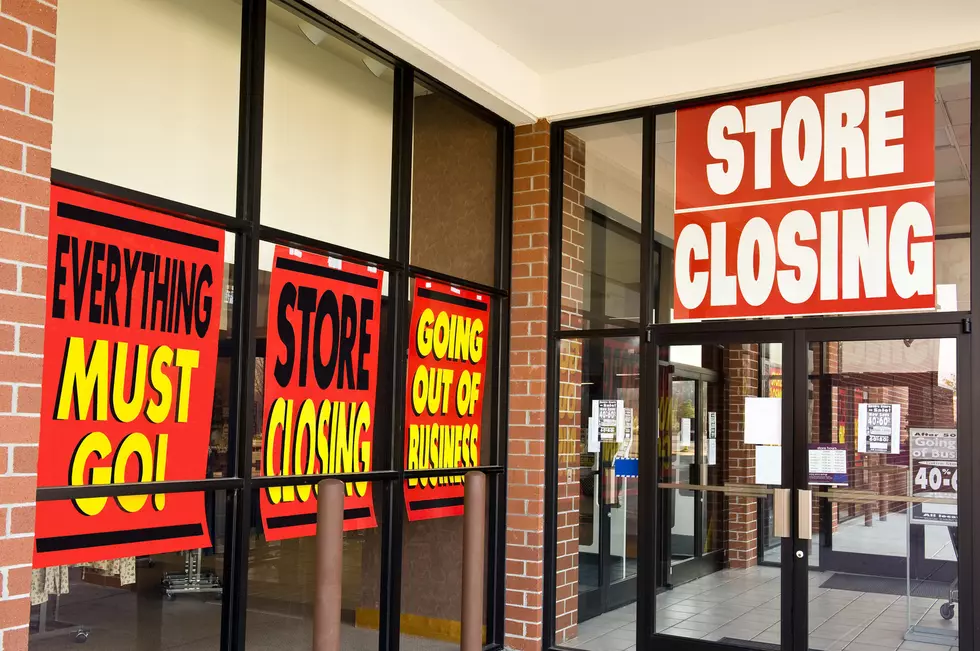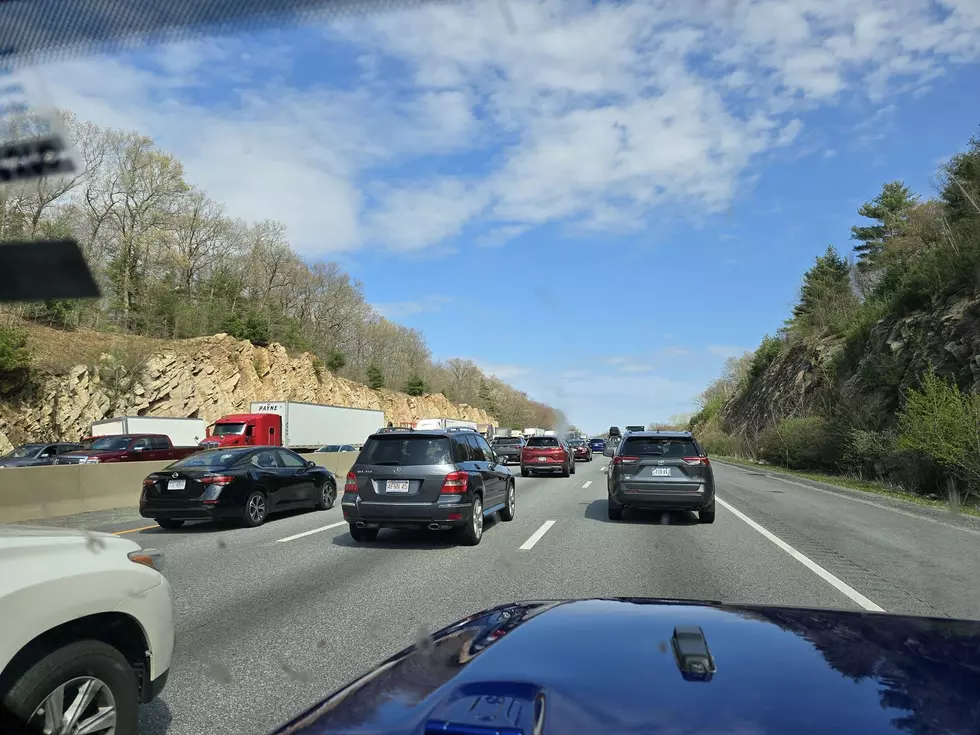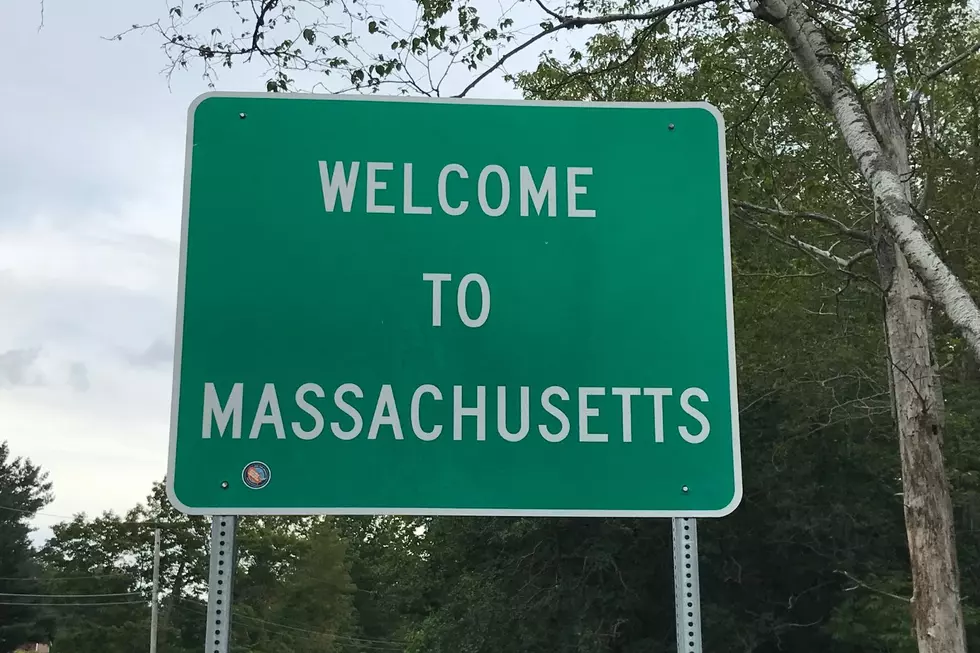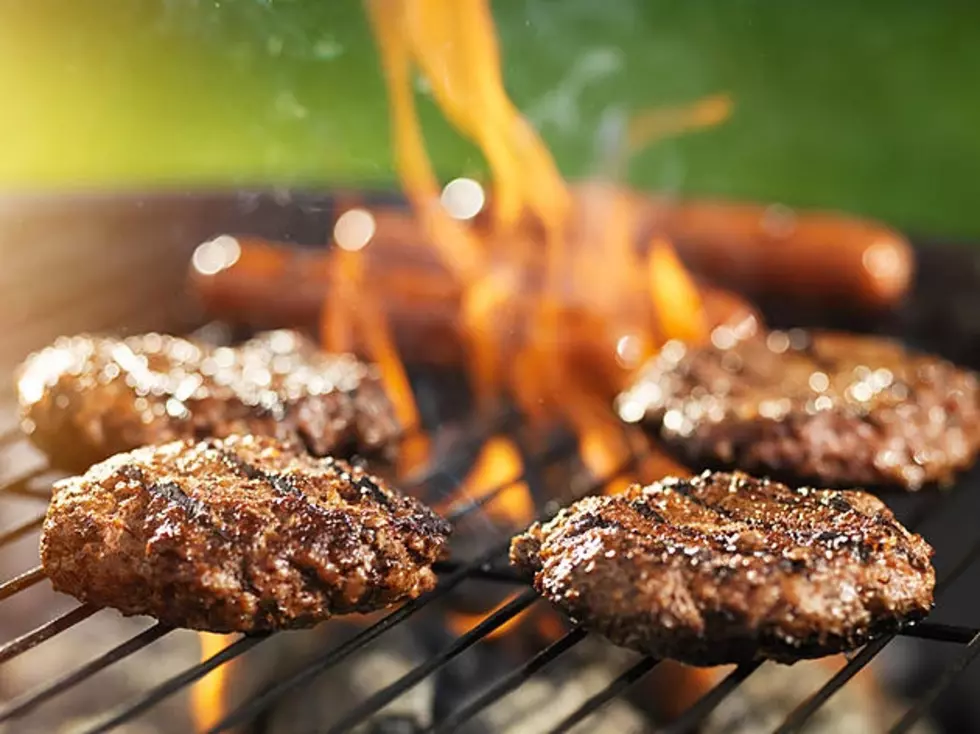
Dry Conditions, Wind Leads to Second Day of Brush Fire Warning
No one is complaining about the streak of sunny weather Berkshire County has been experiencing this week, however the enjoyable spring weather also makes for conditions ideal for dangerous brush fires.
Meteorologists and Firefighters alike are warning western Massachusetts communities to be aware that the dry conditions and windy days can combine for a dangerous situation. For the second day in a row, the National Weather Service issued a special weather statement advising against intentional outdoor burning due to these conditions.
Dry, windy days without a cloud in the sky (yesterday was a perfect example) are a sure indictor of low humidity. Not only does that mean the air is dry but record low rainfall in March means that peoples yards and other vegetations are dry as well, all conditions that elevate the risk for brush fire.
State Fire Officials says there are ways to protect your property against the risk for fire, mostly by keeping it clean. Clearing leaf piles, sticks and other dry debris from your lawn help dramatically reduce the risk of spread if there is a fire.
As a reminder, in Massachusetts you need a permit from the local fire department to burn in your yard. The state's Department of Environmental Protection and local fire departments limit open burning for public health and safety reasons.

State fire wardens determine each day whether conditions are safe for open burning. Weather and air quality can change rapidly, especially in the spring, and fire departments can rescind permits when that happens.
For Berkshire County, permits are only issued between 8:30 AM and 1:00 PM.
Permits are only issued ON THE DAY that you wish to burn by visiting here
Open burning must be done:
- Between 10:00 a.m. and 4:00 p.m. from January 15 to May 1
- At least 75 feet from all dwellings
- As close as possible to the source of material being burned
- When air quality is acceptable for burning. Call the MassDEP Air Quality Hotline at (800) 882-1497 or visit MassAir Online to find out if it is.
LOOK: The most expensive weather and climate disasters in recent decades
More From WBEC FM









